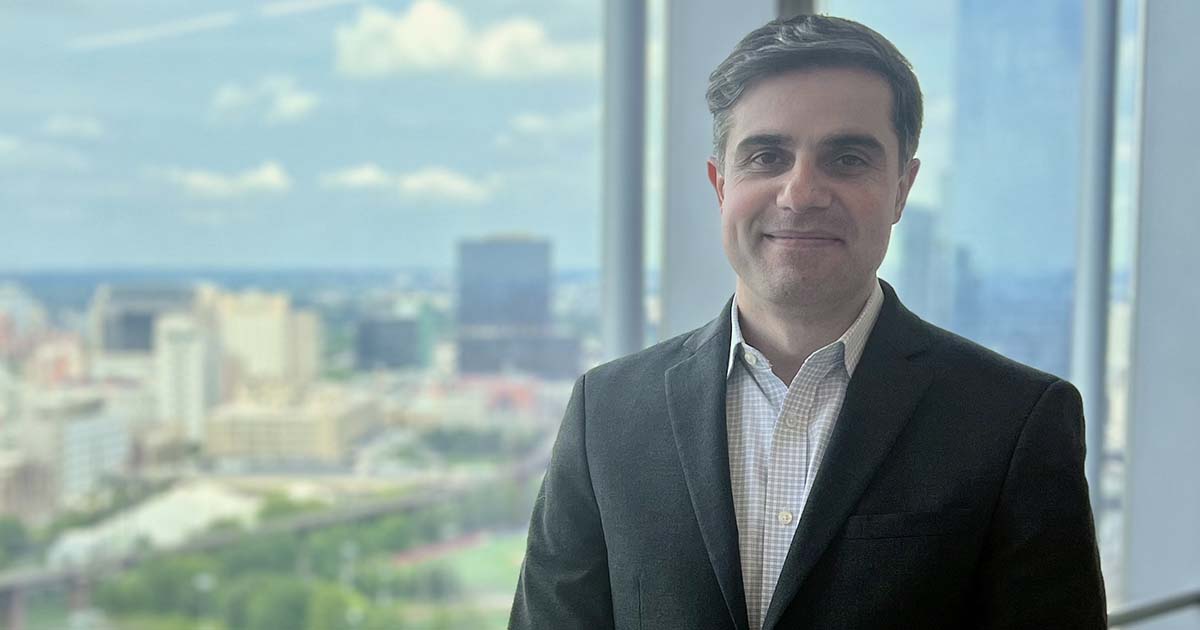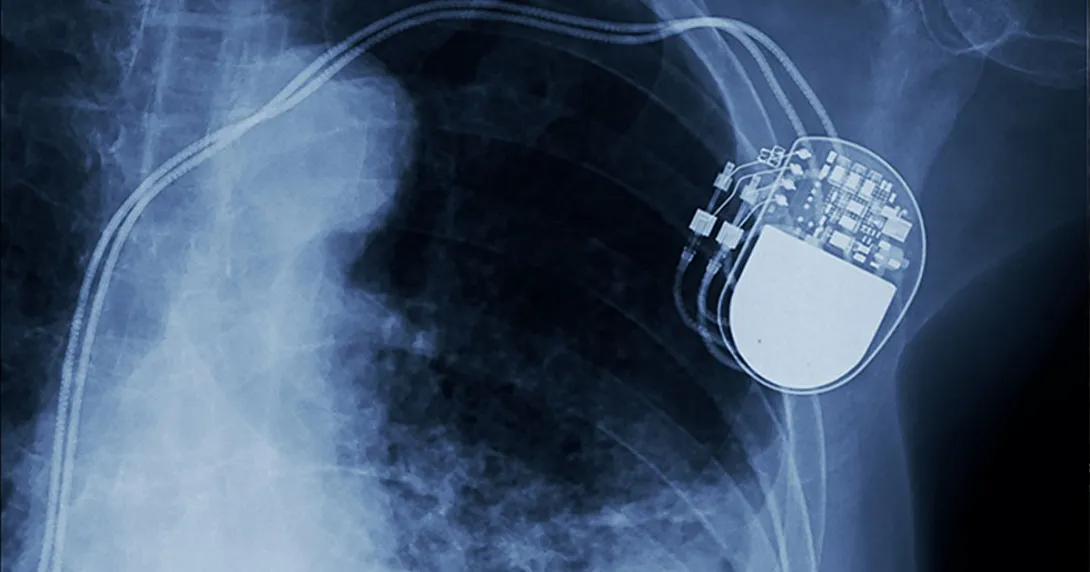A recent article in The Washington Post , headlined “Frequent Fliers’ Add Billions to Hospital Bills,” discusses the frequent flier phenomenon – a condition of our healthcare system that I have been tracking closely for some time. As the article explains, frequent fliers are patients that have been treated and discharged from hospitals. But, for various reasons, they repeatedly show up again (usually in the ER) seeking additional treatment that often results in re-admission. A major strain on the system and a source of significant expense, the frequent flier issue is gaining increased attention as healthcare reform efforts progress.
Over the years, I have concluded that health IT can play a big part in alleviating the frequent flier problem. EHRs would give ER doctors a much clearer and more complete picture of the patient, which in many cases might mean avoiding duplicate tests or unnecessary procedures or altogether averting readmission. As the article suggests, docs would have better interactions with patients to determine, for example, if the patient is taking their medication or if they have seen their primary physician in a timely fashion after being discharged.
Beyond these sorts of anecdotal examples, EHRs are also key to helping promote wellness. As a recent study seems to suggest, having more robust clinical data enables health plans to better monitor members with chronic illnesses and to communicate with them as necessary to ensure they’re taking the appropriate measures to stay healthy.
A case manager could monitor the patient’s pharmacy activity, see that they haven’t filled the discharge prescription and contact them to ensure that they do.
This could ultimately help avoid that return visit to the ER. The same goes for follow-up physician appointments and other problems that result in frequent flier visits.
By deploying EHRs and other technologies to facilitate the sharing of information among all of the entities on the patient’s healthcare team, we can help people understand their conditions and encourage them to be more vigilant about staying healthy.
As we move further along the path of healthcare reform, it’s interesting to see more broken parts of the system gain attention. But it’s equally as reassuring to know that technology has the power to help reverse many, if not all, of them.
David St.Clair,
MEDecision CEO,
Wayne, Pa.
Patients as consumer - no
I have a problem with the new concept of patients being now called “consumers” of healthcare. I do not think of a person who is unconscious, delirious with fever, coughing and vomiting or dying as a “consumer.” They have no choice in this situation. Someone who is born with a serious defect of the pancreas, or acquires it at some time, has no choice.
Business is for making a living and profits. Government is for protecting the people.
An actual war is taking place in a body during disease. The bacteria or viruses are attacking the body and the body’s resistance is fighting back. Some people believe government is only useful to society during times of war. Well, this is the time. This is one area where government can be more effective than the private area. MBAs and business are not oriented to that goal. They are profit-directed.
In the recent past, it was the physicians who made decisions on patient care. Now they have to complete many procedures and utilize a great amount of financial resources to get past a gatekeeper governed by insurance companies who pay a multitude of employees and others to help them deny care, so they can stay in business and even make a profit.
Health insurance companies are the only group doing what I call “busy work,” wasteful, inefficient work, not real healthcare, but taking money away from patient care and really messing up the economy because it is interfering with efficiency.
When I grew up, it used to be they provided assurance that one would receive healthcare at a reasonable cost. We had Ross-Loos Medical Group in Los Angeles. According to Wikipedia, they developed in 1929 a comprehensive prepaid health services plan, and provided socialized medical and hospital care in Los Angeles.
The founders (two physicians, Donald Ross and Clifford Loos) believed that healthcare could be improved by combining prepayment of services, eliminating the financial barriers faced by patients at the time of needed care, with the sharing of medical records and the ease of consultation in a medical group.
The focus was on the improvement of medical care quality, rather than financial success, and many of the concepts in these plans built on a public health approach that encouraged prevention. It was quite successful and grew to 19 medical offices. Government programs joined and it became known as the first Health Maintenance Organization (HMO).
Though Wikipedia has more information about the Ross-Loos Medical Group history, I am wondering how the important original concepts were lost and it became the wasteful business and profit-oriented group. How strange. Business is supposed to be efficient but in this situation it becomes wasteful.
However, I have to mention as a young married man, my husband was an employee subscriber of Ross-Loos in the 1950s where I received maternity care, and two of my children were born in their medical center, which was later renamed Queen of the Angels Hospital.
Should people be making a profit on pain and illness? Could government do a better job protecting the health of citizens? As long as government officials are given money for re-election or otherwise by businesses, I am not sure government can protect us anymore.
R. Jeanne Amato,
California


